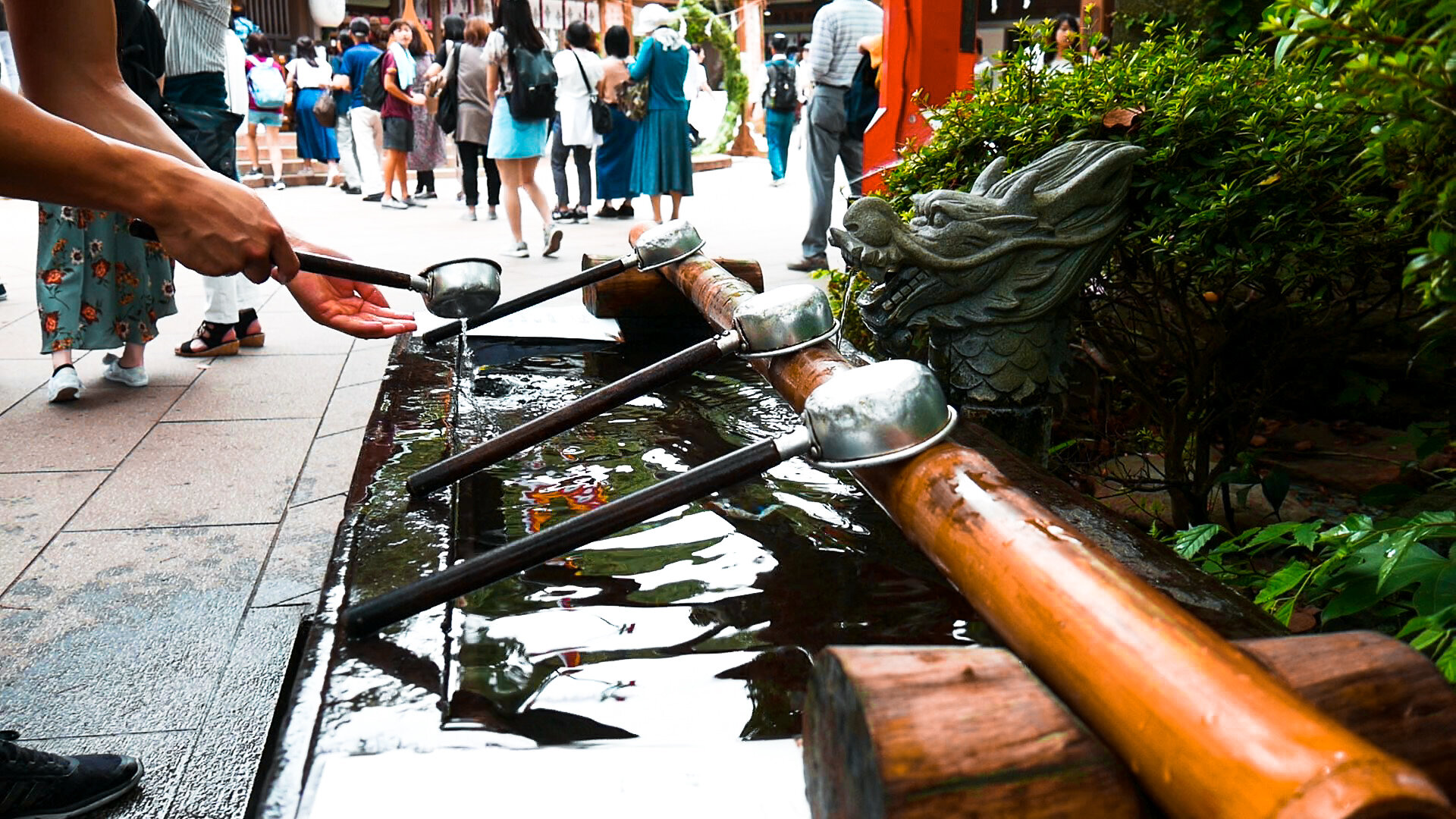So you’ve planned a trip to Japan. You’ve taken time off work, bought the plane tickets and eagerly waiting for the day to visit Japan. You might have a general idea of what to do in Japan and where to see. You already know some of the foods you want to eat. But, you want to make sure you don’t miss out on anything during your precious time in Japan. So, we’ve come up with a list of things to do in Japan during your stay here. In our list, we will have a general list of things to do, but have links to specific lists of things to do in Tokyo.
WHAT TO DO IN JAPAN: CHECKLIST
Visit shrines and temples: Visiting a shrine and a temple are a must during your trip to Japan. Here are some of the best shrines and temples in Tokyo.
Stroll around a Japanese garden: Japanese gardens are famous around the world. While Kyoto is famous for gardens, Tokyo still competes for having beautiful gardens.
Soak in an onsen: Onsen, or hot springs are famous in Japan due to it’s high volcanic activity. Places like the Oedo Onsen Monogatari is a nice place for foreigners.
Party in year round festivals: Depending on the time of year you come. You can participate in festivals and events. Don’t worry we have a list of famous events and festivals for every season!
Watch Sumo and Baseball: Sumo tournaments are held only 6 times a year. Three in Tokyo (January, May and September), one in Osaka (March), one in Nagoya (July) and one in Fukuoka (November). Baseball season is from March - October. Here’s our comprehensive Sumo and Baseball Guide.
Mt. Fuji: If you have a day to venture out into Mt. Fuji, it’s definitely a trip worth 1-2 days. You can either climb Mt. Fuji for a couple day adventure, or enjoy a nice view of Mt. Fuji accompanied with a scenic view of nature from Hakone. Mt. Fuji/Hakone is roughly 1-4 hours away from Tokyo depending on where and how you get there.
Eat sushi and ramen but….: Japan is home to the most Michelin stars in the world. There is more than just sushi and ramen. We have a full list of affordable Michelin recognized restaurants, foods to try and unique to drinks to sip on.
Eat and drink at an izakaya: Izakaya’s are drinking establishments in Japan that serve chicken skewers and alcohol. What more do you need?
Karaoke: Anyone who has seen the movie Lost in Translation knows that a night out at karaoke is a guaranteed fun night.
Art and history: Japan is no stranger to art and history - both contemporary and traditional. Some famous must see museums in Tokyo are teamLAB and Miraikan. See a full list of museums here.
Shop: Japan offers some of the most unique stores such as Don Quijote and very traditional stores that have been around for hundreds of years. Find out where to shop at on this full shopping guide list.
If you’re able to hit a good amount of the items on this list, we would hope that we answered your question in what to do in Japan. Of course there are many other activities not on this list that we would also recommend. For a breakdown of districts and stores to visit in districts you can see out tour itineraries page for more.
Photo Credit: Live Japan



















